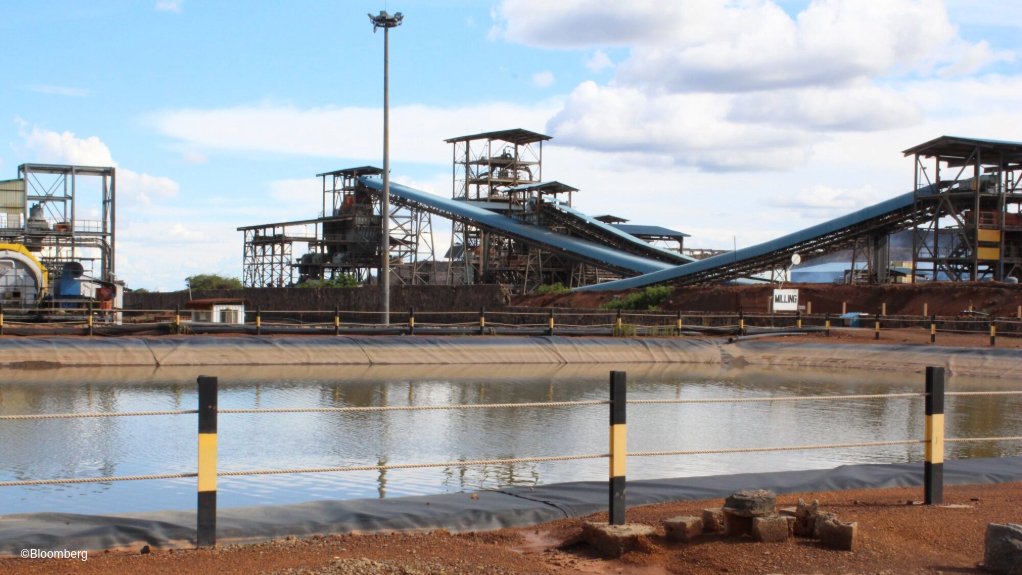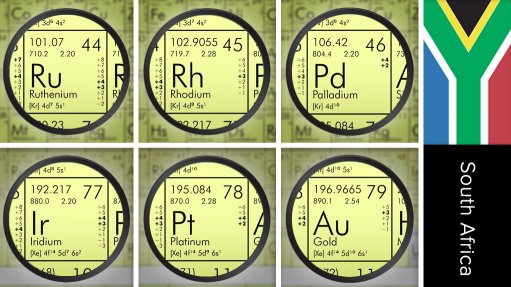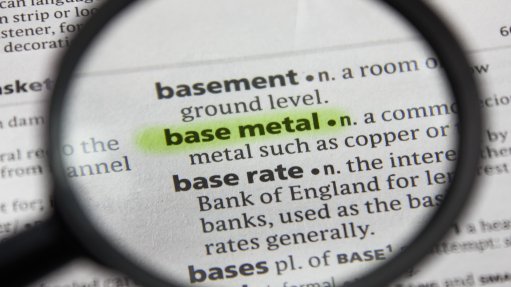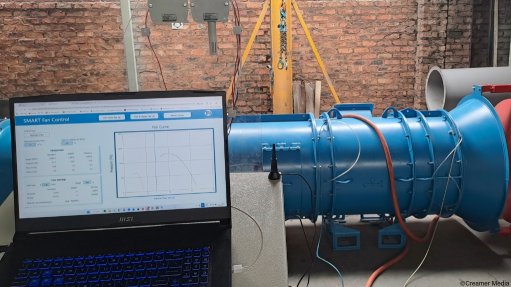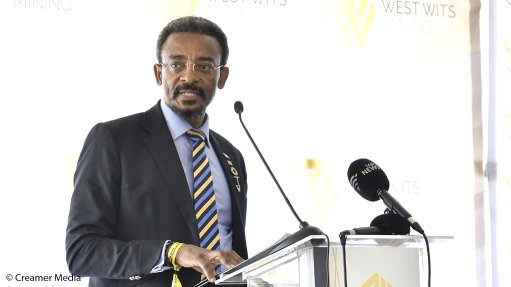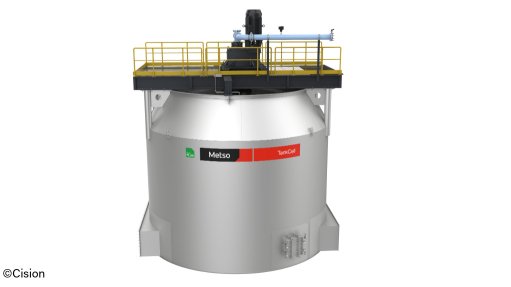Rivers near Congo copper and cobalt mines are toxic, report says
River water near some of Democratic Republic of Congo’s biggest copper and cobalt mines is toxic and may be causing widespread health problems.
Scientists from Congo’s University of Lubumbashi tested water in four rivers this month near some of the country’s largest mines and found them to be “hyper-acidic” or “very acidic,” according to a report Wednesday by UK-based corporate watchdog RAID and Congo’s African Resources Watch, which both commissioned the research.
The preliminary results indicate the four rivers “have become unable to host fish, and that their water is toxic for human and animal health.”
Congo’s miners use vast amounts of acid to process ore into copper and cobalt. Under the country’s mining law, companies are supposed to prevent toxic wastewater from contaminating ground water or local waterways.
The report, based on 19 months of research in 25 villages and towns near five major mines, suggests that more than a century of mining in the region has made key water sources unusable, and that the pollution is increasing. Nearly all farmers and fishermen surveyed said their harvests and catches had decreased “dramatically” in recent years.
Congo overtook Peru to become the second-largest copper producer in 2023 and provides about 70% of the world’s cobalt, which is used in many electric vehicle batteries.
The groups looked at communities near mines owned by Glencore, Kazakhstan-backed Eurasian Resources Group, and China’s Zijin Mining Group and CMOC Group.
HISTORIC POLLUTION
The companies, who all spoke to Afrewatch and RAID, said “historic pollution from older mines, contamination from artisanal mining and other activities were largely to blame” for the state of the region’s water, according to the report. The miners’ responses, which also highlighted the steps they are taking to reduce the risk of contamination, were published on RAID’s website.
In response to questions by the researchers, Glencore wrote that it monitors water quality at its operations in line with both Congolese regulations and international best practice.
CMOC said it’s committed to complying with environmental laws, and that the company regularly monitors surface water, groundwater and drinking water.
ERG said its operation doesn’t discharge into rivers, while its monitoring show no pollution. The company has undertaken a well-drilling program, adding that three minor chemical spills had no ongoing environmental impact.
Zijin, in its response to questions from researchers, said it regularly tests water quality and has implemented measures to prevent seepage of acid and alkali wastewater from its operations.
None of the companies immediately responded to requests from Bloomberg News for further comment.
CLEAN WATER
Doctors and nurses near some of the mines told the researchers they were seeing more cases of skin, eye and respiratory issues, while women reported widespread problems including irregular periods, infections, increased miscarriages, and birth defects.
“These medical practitioners were unable to certify that these health issues were directly linked to water pollution,” according to the report, “but they nevertheless believed some correlations could be established.”
The two organizations urged miners to provide clean drinking water to nearby communities and adhere to Congo’s extensive environmental laws, which the government has failed to enforce in part due to “a lack of resources and expertise.”
Congo’s Mines Ministry didn’t immediately respond to text messages requesting comment.
Article Enquiry
Email Article
Save Article
Feedback
To advertise email advertising@creamermedia.co.za or click here
Announcements
What's On
Subscribe to improve your user experience...
Option 1 (equivalent of R125 a month):
Receive a weekly copy of Creamer Media's Engineering News & Mining Weekly magazine
(print copy for those in South Africa and e-magazine for those outside of South Africa)
Receive daily email newsletters
Access to full search results
Access archive of magazine back copies
Access to Projects in Progress
Access to ONE Research Report of your choice in PDF format
Option 2 (equivalent of R375 a month):
All benefits from Option 1
PLUS
Access to Creamer Media's Research Channel Africa for ALL Research Reports, in PDF format, on various industrial and mining sectors
including Electricity; Water; Energy Transition; Hydrogen; Roads, Rail and Ports; Coal; Gold; Platinum; Battery Metals; etc.
Already a subscriber?
Forgotten your password?
Receive weekly copy of Creamer Media's Engineering News & Mining Weekly magazine (print copy for those in South Africa and e-magazine for those outside of South Africa)
➕
Recieve daily email newsletters
➕
Access to full search results
➕
Access archive of magazine back copies
➕
Access to Projects in Progress
➕
Access to ONE Research Report of your choice in PDF format
RESEARCH CHANNEL AFRICA
R4500 (equivalent of R375 a month)
SUBSCRIBEAll benefits from Option 1
➕
Access to Creamer Media's Research Channel Africa for ALL Research Reports on various industrial and mining sectors, in PDF format, including on:
Electricity
➕
Water
➕
Energy Transition
➕
Hydrogen
➕
Roads, Rail and Ports
➕
Coal
➕
Gold
➕
Platinum
➕
Battery Metals
➕
etc.
Receive all benefits from Option 1 or Option 2 delivered to numerous people at your company
➕
Multiple User names and Passwords for simultaneous log-ins
➕
Intranet integration access to all in your organisation



